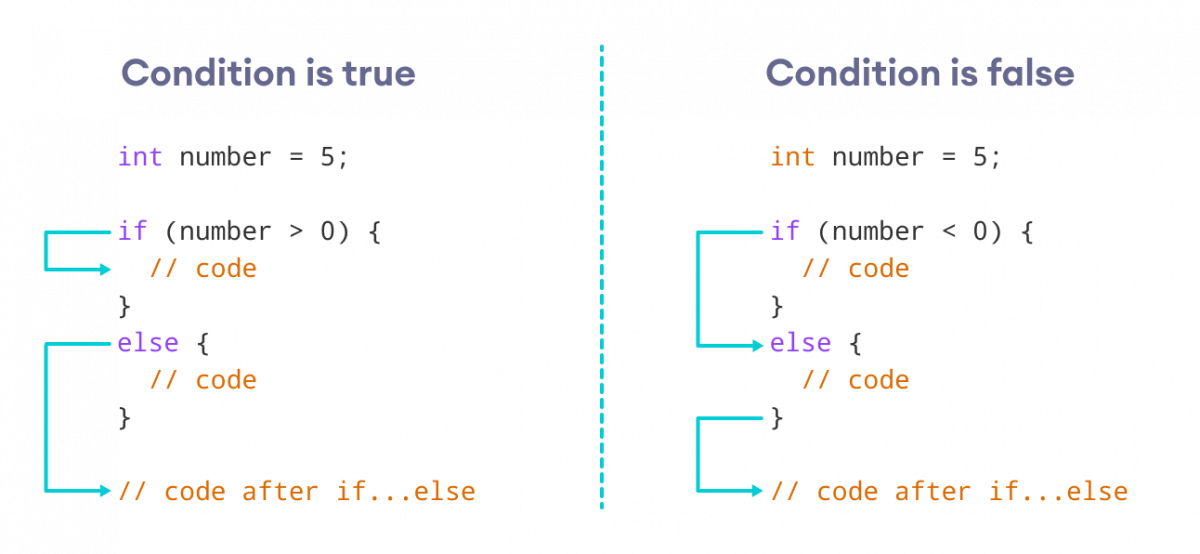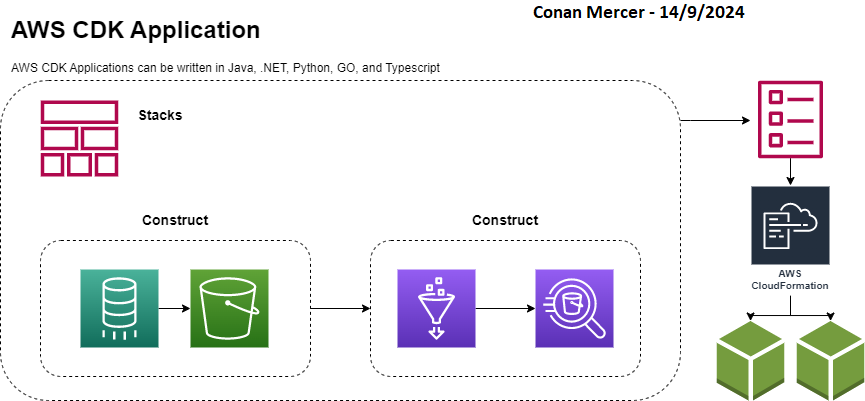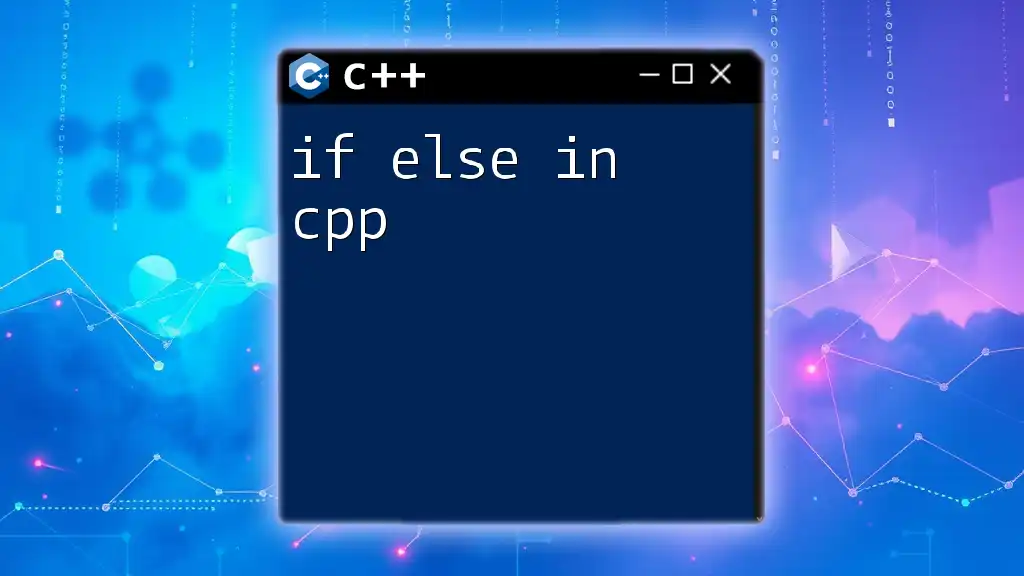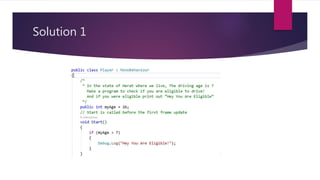Mastering If-Else Logic in CloudFormation

In the world of cloud infrastructure management, CloudFormation stands as a powerful tool, enabling users to define and provision resources in a scalable and automated manner. One of the key aspects of CloudFormation is its ability to handle conditional logic, which allows for dynamic and flexible resource creation based on specific conditions. This article delves into the mastery of if-else logic within CloudFormation, exploring its syntax, best practices, and real-world applications.
Understanding If-Else Logic in CloudFormation

If-else logic in CloudFormation is a fundamental concept that empowers users to make decisions and execute specific actions based on conditions. It is a crucial tool for creating dynamic and adaptable cloud infrastructure. CloudFormation’s if-else logic is expressed using the Fn::If intrinsic function, which takes three arguments: a condition, a value to return if the condition is true, and a value to return if the condition is false.
The Fn::If function is particularly useful when you need to make decisions about resource creation or configuration based on variables or parameters. For instance, you might want to create different types of resources depending on the environment (production vs. staging) or based on user-defined preferences.
Here's a basic example of using the Fn::If function to create a resource conditionally:
Resources:
MyResource:
Type: AWS::Some::Resource
Properties:
Property1: Value1
Property2: !If
- Condition: IsProduction
- ValueIfTrue: ValueForProduction
- ValueIfFalse: ValueForStaging
In this example, the Fn::If function checks the Condition parameter IsProduction. If the condition is true, it will set Property2 to ValueForProduction; otherwise, it will set it to ValueForStaging. This allows for dynamic resource configuration based on the provided condition.
Best Practices for If-Else Logic

1. Clear and Meaningful Conditions
When defining conditions for your if-else logic, ensure that they are clear, descriptive, and easy to understand. Avoid complex or obscure condition names that might confuse other developers or yourself in the future. For instance, instead of using a condition named EnvIsProd, consider using IsProductionEnvironment, which provides a more explicit indication of its purpose.
2. Reuse Conditions
Conditions can be defined and reused across multiple resources. This not only reduces redundancy but also enhances the readability and maintainability of your CloudFormation templates. By defining conditions in a centralized location, you can easily update and manage them, ensuring consistency throughout your infrastructure.
3. Combine Conditions
CloudFormation allows you to combine multiple conditions using logical operators such as AND, OR, and NOT. This enables you to create more complex decision-making processes. For example, you might want to create a resource only if both the IsProduction and HasHighPriority conditions are true.
4. Handle Defaults
In cases where a condition might be undefined or missing, it’s good practice to provide a default value. This ensures that your infrastructure can still be provisioned even if certain conditions are not met. You can achieve this by including a default value in your Fn::If function.
Real-World Applications
1. Environment-Specific Resources
One common use case for if-else logic is creating environment-specific resources. For example, you might want to create additional security groups or network access control lists in a production environment but not in a development or staging environment. By using conditions, you can ensure that resources are created only when necessary, optimizing your infrastructure’s security and performance.
2. Feature Toggles
If-else logic can also be employed to enable or disable certain features based on conditions. This is particularly useful when rolling out new features or functionalities gradually. By defining conditions based on parameters like FeatureFlag or EnableBetaFeatures, you can control which resources are created or configured for specific users or environments.
3. Cost Optimization
In the cloud, cost optimization is a critical aspect of infrastructure management. If-else logic can be used to optimize costs by creating resources only when certain conditions are met. For instance, you might want to create additional storage or compute resources only if the demand exceeds a certain threshold, thus avoiding unnecessary expenses.
Advanced Techniques
1. Nested If-Else Logic
CloudFormation supports nested if-else logic, allowing you to create complex decision trees. This is especially useful when dealing with multiple conditions and outcomes. By nesting Fn::If functions, you can create intricate resource configurations based on various conditions.
2. Using Intrinsic Functions
In addition to Fn::If, CloudFormation provides a range of intrinsic functions that can be used in conjunction with if-else logic. These functions, such as Fn::Equals, Fn::Join, and Fn::Select, offer advanced capabilities for manipulating data and making decisions. For instance, you can use Fn::Equals to compare two values and make decisions based on the result.
3. Parameter-Driven Decisions
Parameters in CloudFormation allow you to accept user-defined values during stack creation or update. By using parameters in your if-else logic, you can make your infrastructure highly customizable and adaptable to different use cases. This approach empowers users to define their own conditions and configurations, enhancing the flexibility of your CloudFormation templates.
Conclusion

Mastering if-else logic in CloudFormation is a crucial step towards creating dynamic and adaptable cloud infrastructure. By understanding the syntax and best practices, you can leverage the power of conditional logic to optimize your infrastructure’s performance, security, and cost-efficiency. Whether it’s creating environment-specific resources, enabling feature toggles, or optimizing costs, if-else logic is a versatile tool that empowers you to make informed decisions and automate your cloud resource management.
How can I create a condition that checks for the presence of a specific resource?
+You can use the Fn::Not intrinsic function along with the Fn::Equals function to check for the presence of a specific resource. For example, Fn::Not [Fn::Equals [Ref: ResourceName, AWS::NoValue]]. This will return true if the resource with the name ResourceName does not exist.
Can I use if-else logic to dynamically set resource names based on conditions?
+Absolutely! You can utilize the Fn::If function to set resource names conditionally. For instance, !If [Condition: IsProduction, ValueIfTrue: ProductionResourceName, ValueIfFalse: StagingResourceName]. This allows you to create resources with different names based on the specified condition.
Are there any limitations to using if-else logic in CloudFormation?
+While if-else logic is a powerful tool, it’s important to note that CloudFormation has a limit on the number of resources and conditions you can define in a single template. Additionally, complex nested if-else logic might increase the time required for CloudFormation to process and deploy your infrastructure. Therefore, it’s recommended to strike a balance between flexibility and simplicity in your templates.



